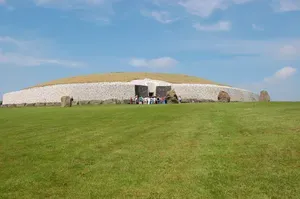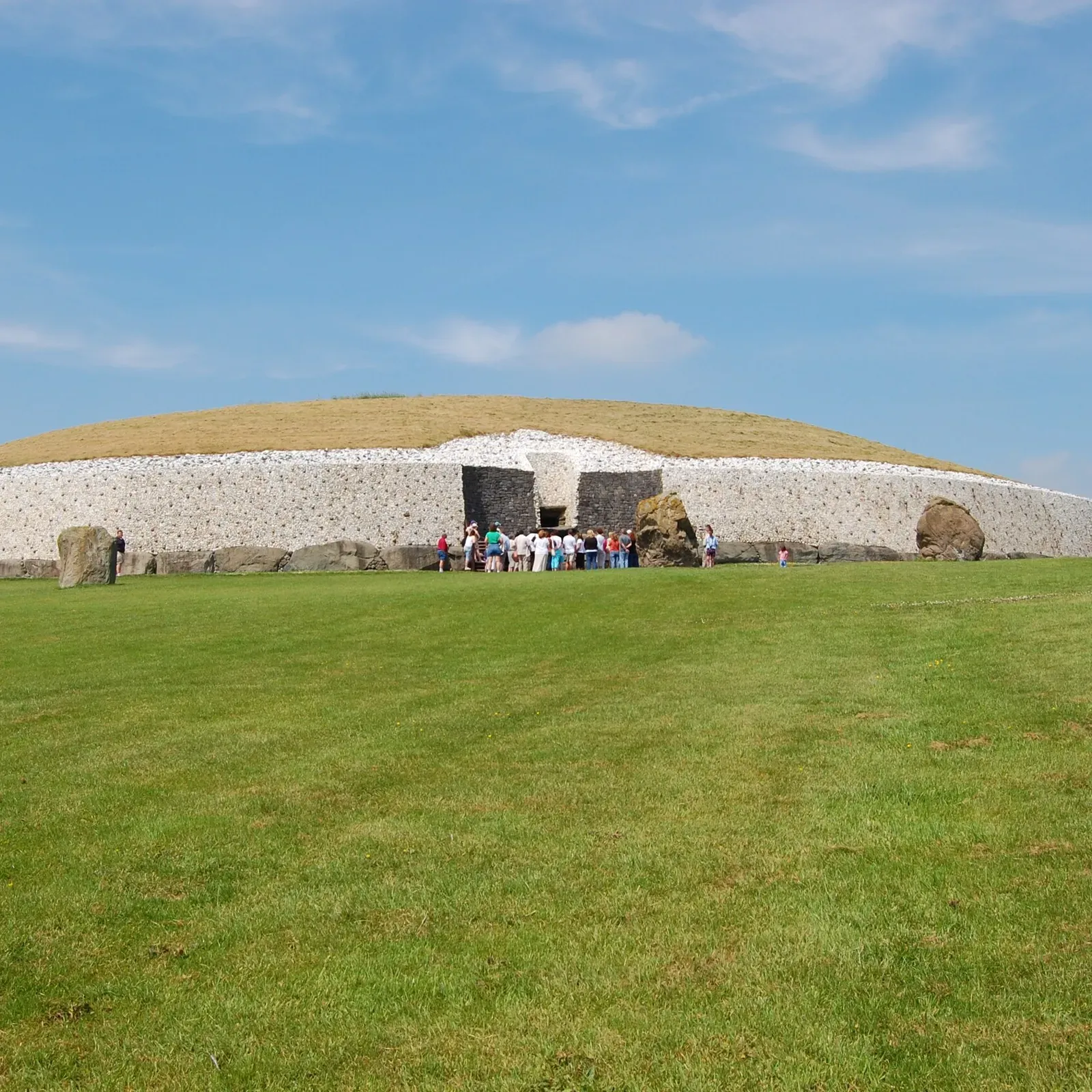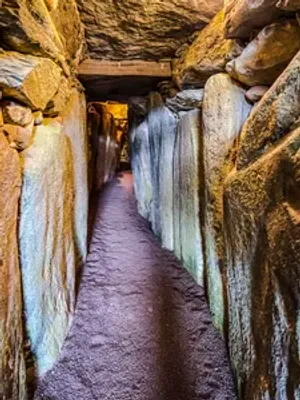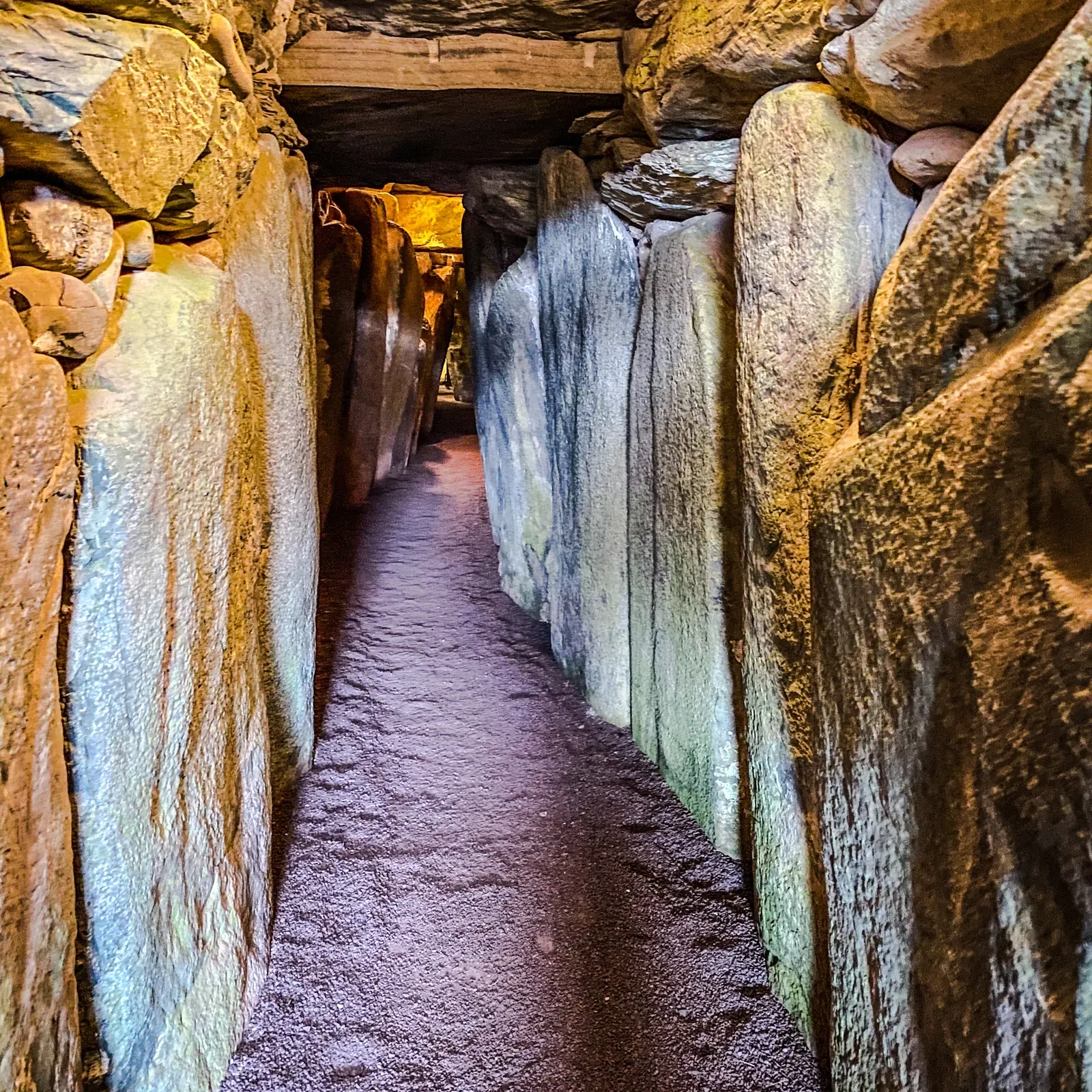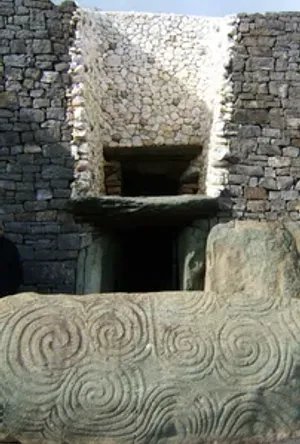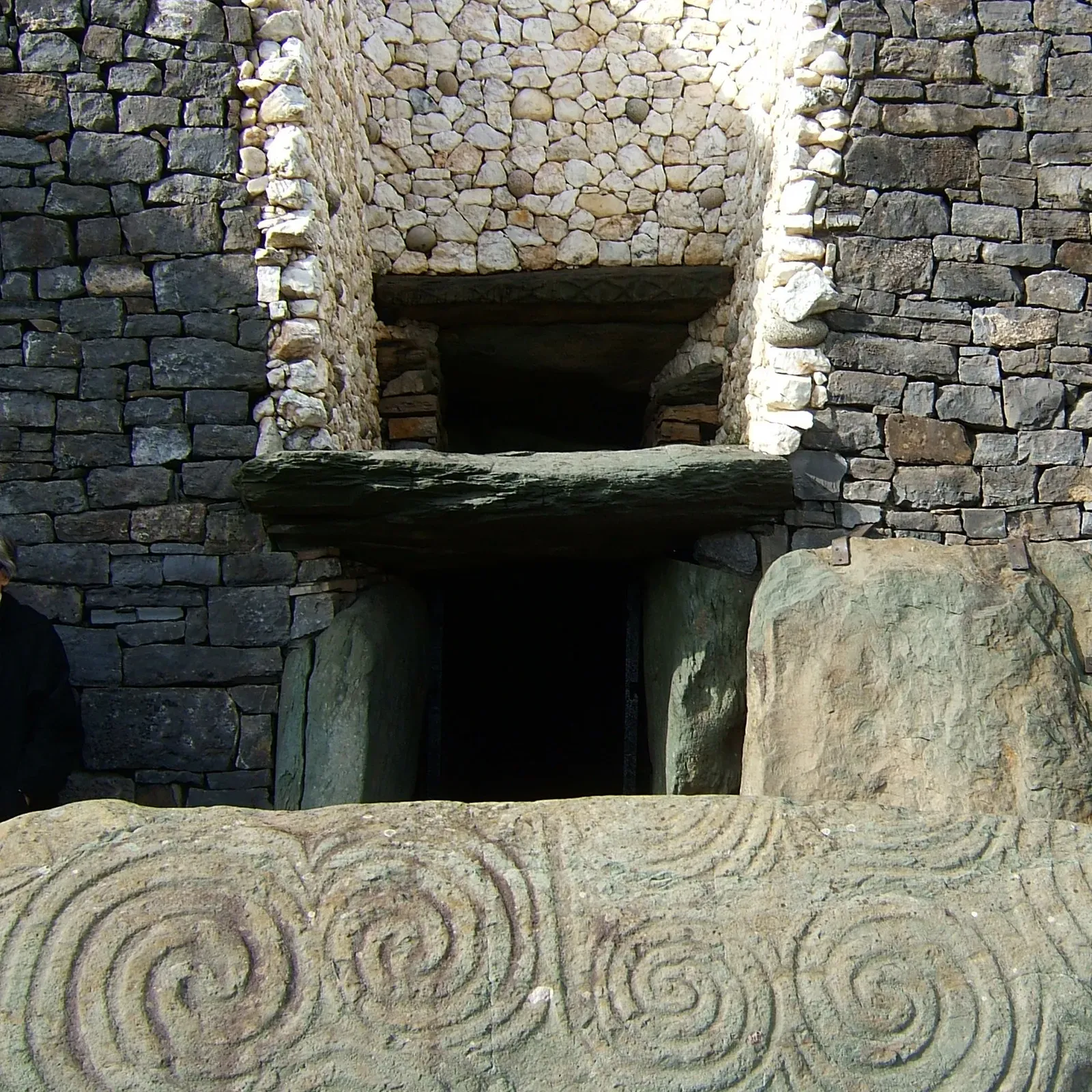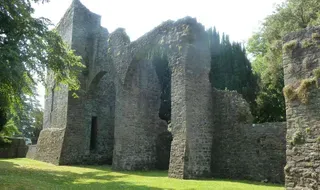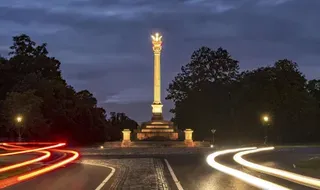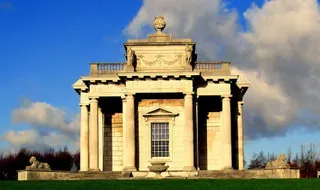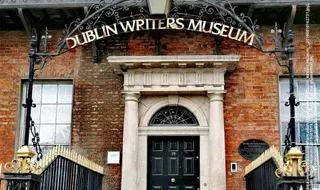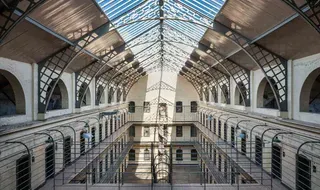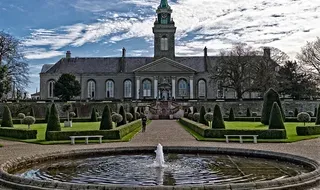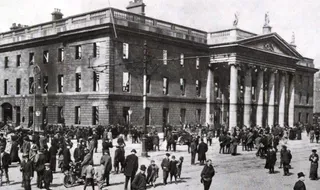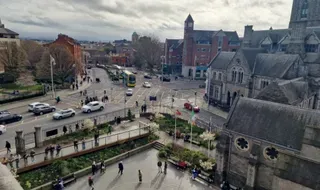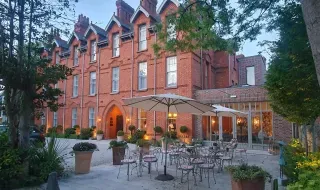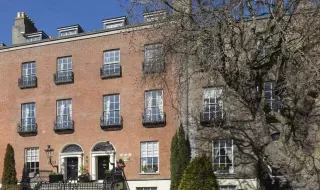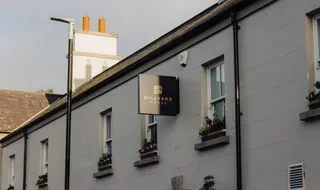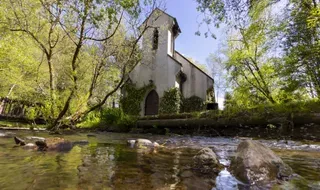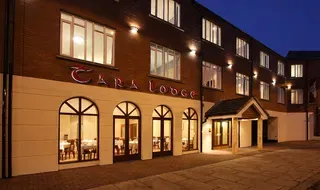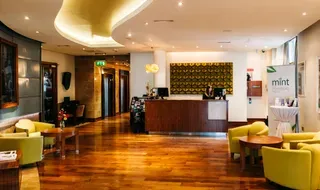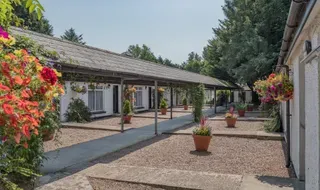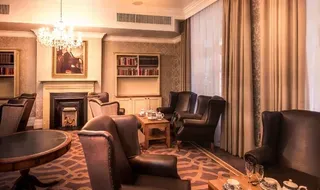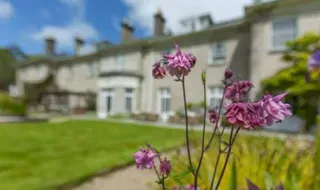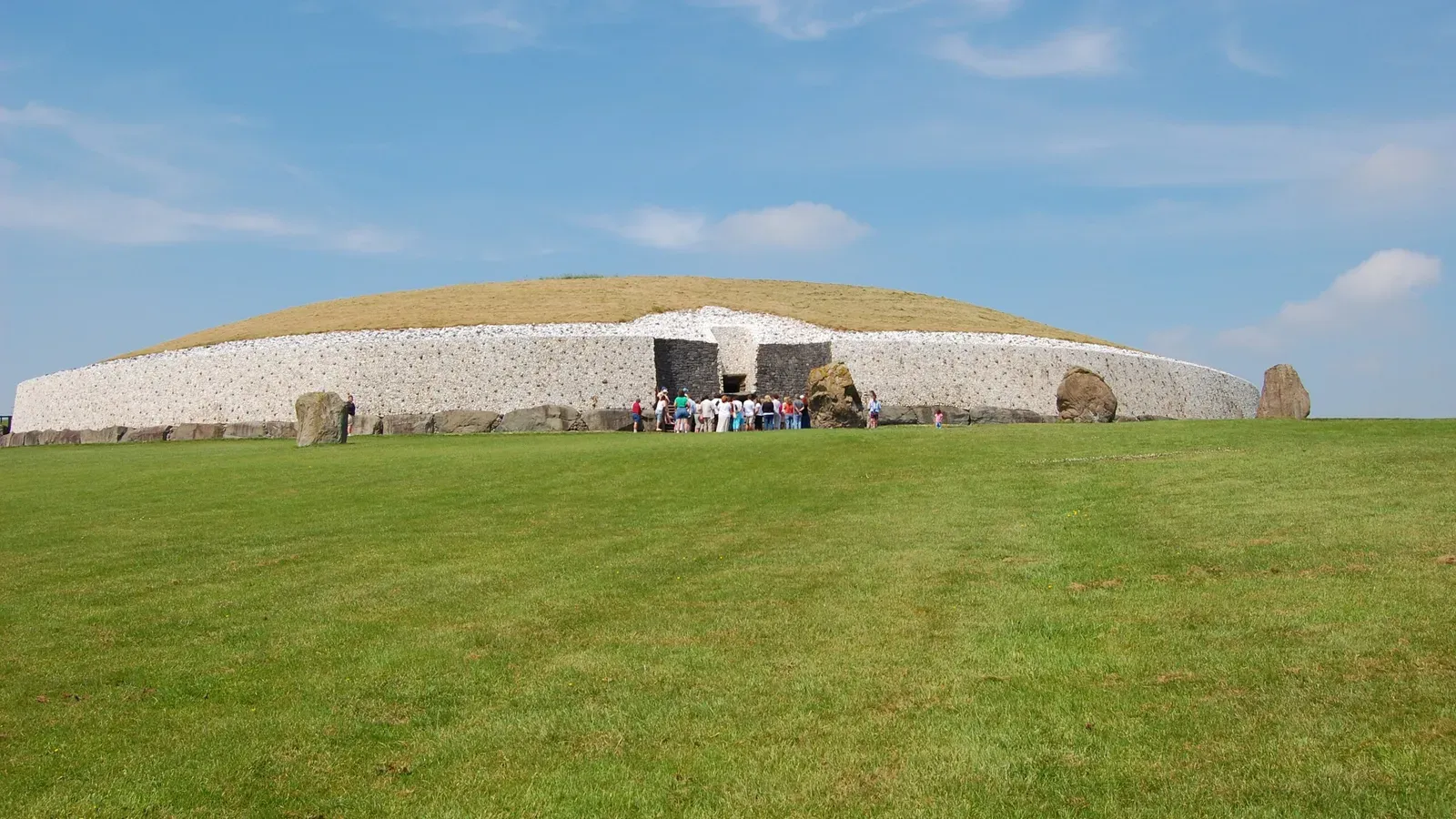
Discovering Brú na Bóinne
Nestled within a scenic bend of the River Boyne, Brú na Bóinne—meaning "Palace of the Boyne"—is a treasure trove of ancient monuments. The area boasts over 90 archaeological sites, with the most renowned being the passage tombs of Newgrange, Knowth, and Dowth. Constructed around 3200 BC, these tombs predate both Stonehenge and the Great Pyramid of Giza, showcasing the advanced engineering and artistic skills of Neolithic communities.
Newgrange
Newgrange stands as the centerpiece of Brú na Bóinne. This massive circular mound spans over an acre and is encircled by 97 kerbstones adorned with intricate megalithic art. A notable feature is its alignment with the rising sun during the winter solstice, illuminating the inner chamber in a breathtaking display of ancient astronomical precision.
Access to Newgrange is via guided tours starting from the Brú na Bóinne Visitor Centre.
Knowth
Knowth is another significant site within the complex, comprising a large mound surrounded by 17 smaller satellite tombs.
It houses two passage tombs and features the largest collection of megalithic art in Europe, with over 300 decorated stones.
The artwork includes spirals, crescents, and other geometric motifs, offering insights into Neolithic symbolism and culture.
Dowth
Dowth, though less visited, holds its own charm and mystery. Unlike Newgrange and Knowth, Dowth has not undergone extensive restoration, allowing visitors to experience a more untouched aspect of these ancient structures. Its passages are also aligned with solar events, emphasizing the builders' sophisticated understanding of astronomy.
Visiting Tips
Access: All tours to Newgrange and Knowth commence from the Brú na Bóinne Visitor Centre, located near Donore, County Meath.
It's advisable to arrive early, especially during peak seasons, as tours operate on a first-come, first-served basis.Transportation: The site is approximately 40 kilometers north of Dublin and 8 kilometers west of Drogheda.
Bus Éireann route 163 connects Drogheda to the Visitor Centre via Donore.
The nearest train station is in Drogheda, about 9 kilometers away.Facilities: The Visitor Centre offers an interactive exhibition, an audio-visual presentation, a gift shop, and tea rooms.
There's also a large car park and picnic area for visitors.Accessibility: While the main sites are accessible via guided tours, some areas may have uneven terrain.
Comfortable walking shoes are recommended.
Fun Facts
Ancient Engineering: The builders of Newgrange used interlocking stones without mortar, creating a structure that has remained largely waterproof for over 5,000 years.
Artistic Legacy: The megalithic art found at Brú na Bóinne represents one of the largest collections of prehistoric art in Europe, reflecting a rich cultural and artistic heritage.
Mythological Significance: In Irish mythology, Brú na Bóinne is considered the dwelling place of deities such as The Dagda and his son Aengus, adding a layer of mystical allure to the site.
Visiting during the winter solstice offers a unique opportunity to witness the ancient alignment of Newgrange with the rising sun—a truly magical experience that connects you directly with the Neolithic builders' vision.
